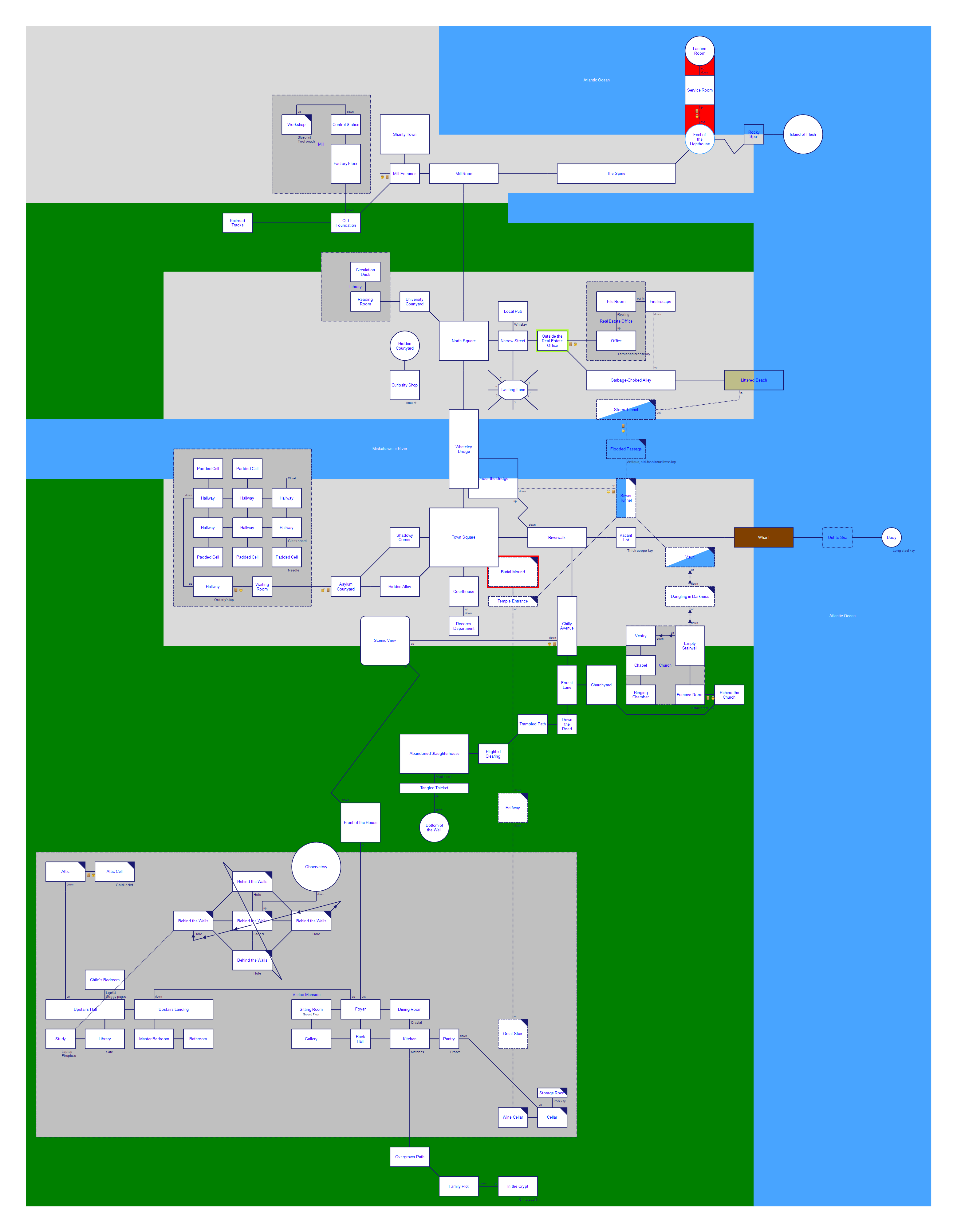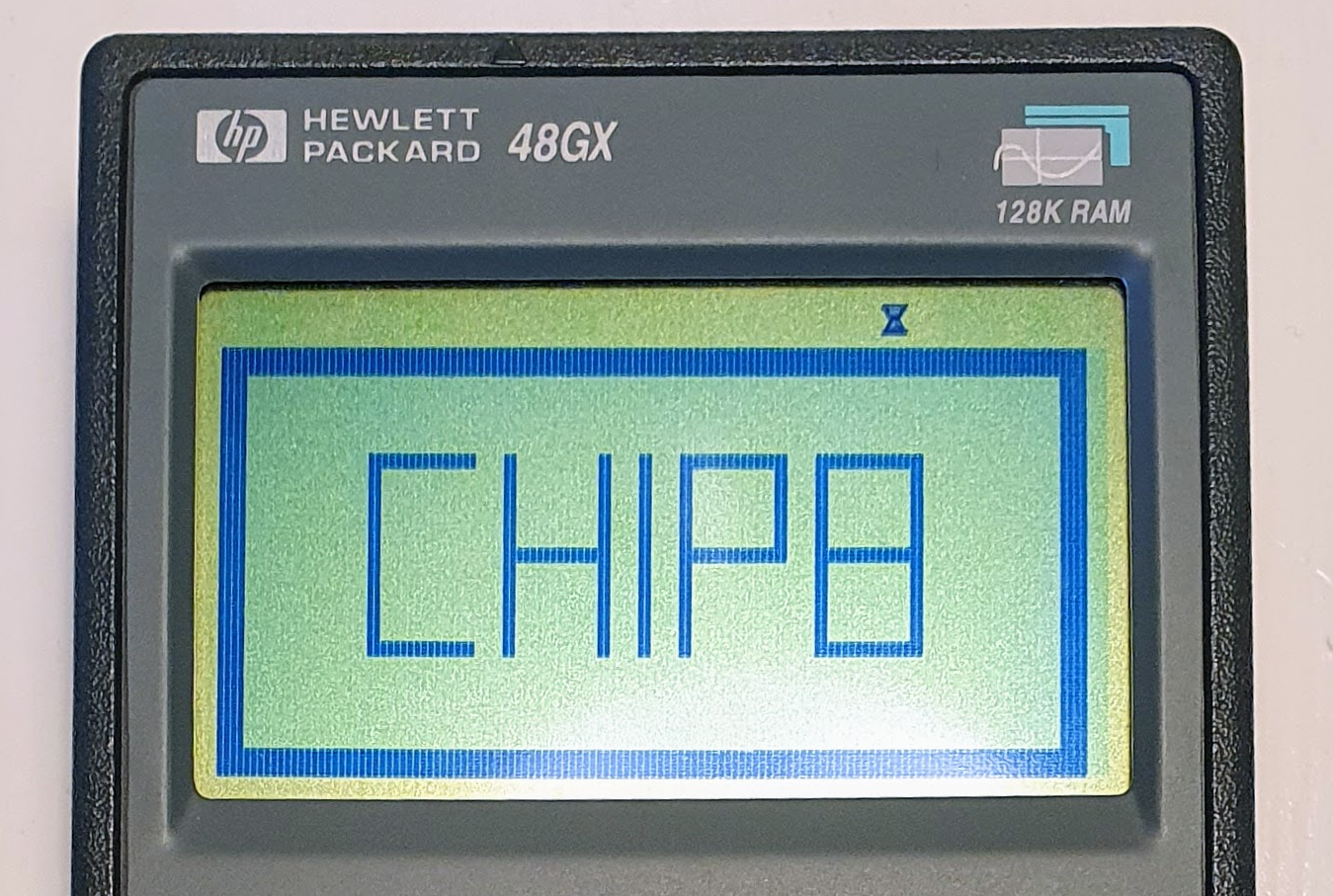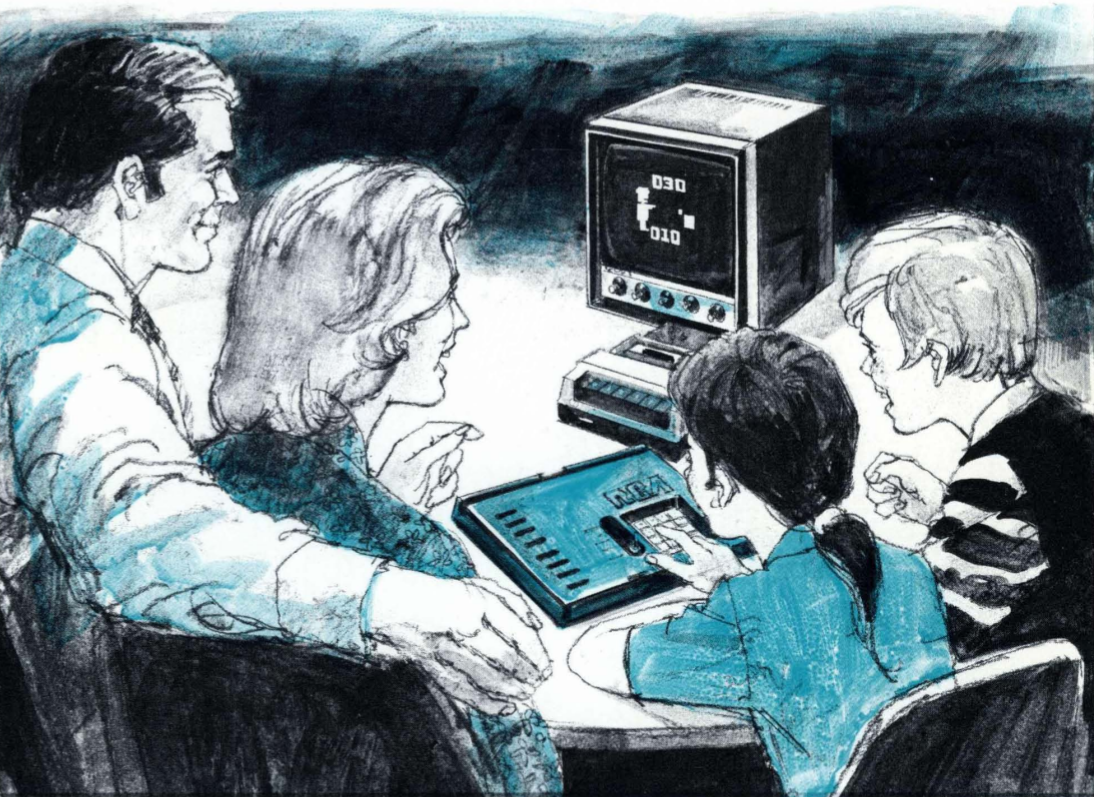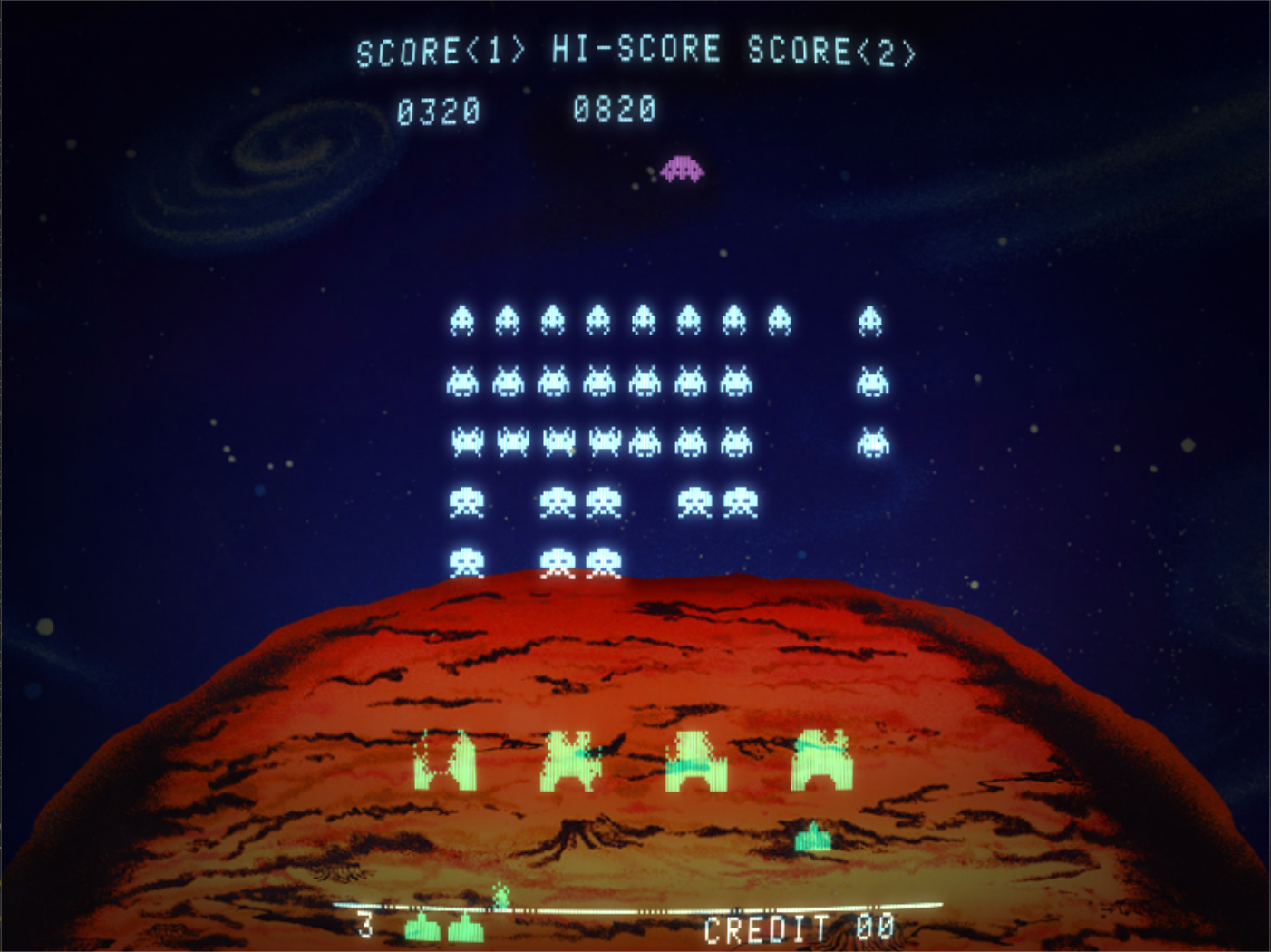Mini Lights Out for CHIP-8
I’ve always thought games are shaped by their medium, so ever since I discovered CHIP-8 I’ve wanted to make a game that’s very idiomatic. Octojam was my chance.
CHIP-8 has a very distinctive human–computer interface: Input is a hexadecimal keyboard on a 4x4 grid, and output is done by XOR-ing pixels on the screen. How could I use that to create a simple game within CHIP-8’s other constraints, which felt like a natural fit for the platform?
XOR pixels
What really intrigues me about CHIP-8 is its method of drawing to the screen. The color palette is monochrome; each pixel is 1 bit, and so there are only two colors. When drawing something (a CHIP-8 “sprite”) on the screen, the affected pixels are flipped from off to on. Or, if there already was something drawn in that position, from on to off – if this happens, an internal flag register is set. So the bytes that are on the screen are XOR-ed with the bytes in the sprite, and you can use the flag for sprite collision!
This is one of the most elegant graphics systems I’ve ever heard of, so I wanted to make something inspired by it. For inspiration, I also looked at Inktober’s themes this year (which several game jams and gaming communities are using for inspiration too), and landed on “Dark” and “Pattern”.
Lights Out Classic
Lights Out was an electronic toy made by Tiger Toys in 1995. It was a handheld device with a grid of 5x5 buttons, each with a light that was either on or off. Pressing a button toggled its light, as well as the lights of the four adjacent buttons above, below, to the left and right (if applicable; this classic version did not wrap around the grid’s edges). The game was won if you managed to turn off all the lights.
A lot of people have written mathematical proofs concerning this game. Not all initial light configurations can be solved in the classic version, so it came with a set of hand made puzzles that were all solvable. This wasn’t very appealing to me, as that meant I’d have to store a bunch of puzzles and write routines to unpack them and display them on the screen. So I started looking at other variations of the game.
I’m not sure when Mini Lights Out was released, but as its name implies, it’s a smaller version of Lights Out Classic: 4x4 lights. This seemed perfect to me, as CHIP-8 has a 16-key hexadecimal keyboard arranged in a 4x4 grid! My adaptation wouldn’t need a cursor that moved around or anything, each key could directly map to one light button. How elegant!
Mini Lights Out also made one other change to how the game played: Pressing a button here always toggled its own light and four other lights. The grid functioned like a torus, essentially, wrapping around on the edges. This change, according to the math wizards of the Internet, meant that all configurations were winnable. I could randomly generate puzzles!
VIPER
During the late 70s and early 80s, a computer magazine called VIPER was dedicated to the COSMAC VIP – the original computer that shipped with CHIP-8 on it. I read all issues of it, and it really made me nostalgic in a weird way for this era of computing that I never partook in. So I decided to pretend like my game was featured in an issue of VIPER, and created a PDF “manual” for the game, complete with a complete code listing in hexadecimal, so subscribers of the magazine could painstakingly input the source code on their VIP to play. Download Mini Lights Out’s manual here.
Making the game
CHIP-8 uses a machine-like language which looks like an assembly language, although it has in fact always been an interpreted language – today we’d call it a bytecode virtual machine. I’ve dabbled in console homebrew before and am familiar with assembly, but Octo provides a high-level language that “assembles” to CHIP-8 bytecode, so it actually felt like I was writing in a fairly modern language.
All in all this was a great experience, and I’m already looking forward to Octojam 7 in 2020.





Comments